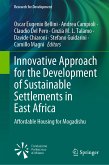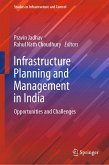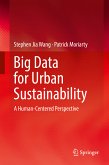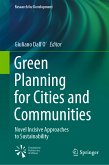This book presents a meticulous assessment of future uses and activities that generate greenhouse gas emissions, along with an examination of land use changes that impact the carbon-absorbing capacity of the soil. Mitigation strategies, such as leveraging renewable energy sources for self-generation, are explored and quantified whenever possible.
Carbon Footprint Planning explains the essential activities that must be included in urban planning instrument applications for approval, emphasizing the significance of integrating ordinary or simplified strategic environmental assessment procedures. By doing so, potential environmental impacts, specifically in relation to climate change, are effectively evaluated and addressed.
With the aid of the carbon footprint calculator, decision-makers will gain the ability to select the path of least carbon emissions from a range of alternatives, unveiling aspects that contribute to significant emissions during the early stages of urban development, such as master planning. In essence, this book equips urban planners and environmental enthusiasts alike with the tools and insights needed to navigate urban growth amidst the climate crisis, ensuring a sustainable and resilient future for our cities.
Dieser Download kann aus rechtlichen Gründen nur mit Rechnungsadresse in A, B, BG, CY, CZ, D, DK, EW, E, FIN, F, GR, HR, H, IRL, I, LT, L, LR, M, NL, PL, P, R, S, SLO, SK ausgeliefert werden.









